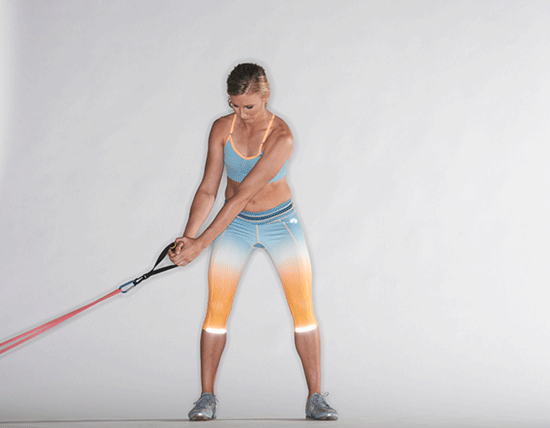Most golf instructors focus on improving a player’s backswing because a lot of flaws in the downswing occur as a result of starting from a bad position at the top, says David Leadbetter, one of Golf Digest’s Legends of Golf Instruction. “It’s an attempt to recover from a poor backswing,” he says.
To take the club back properly, you need to coil your upper body against a relatively stationary lower body (it’s OK to let your hips rotate) while maintaining the radius of the swing arc, Leadbetter says. The former is a key to synchronicity and power, and the latter helps you hit the ball solidly without having to make split-second adjustments during the downswing to get the club back to the ball, Leadbetter says.Many golfers struggle to coil or maintain their swing. You can see here Leadbetter demonstrating the difference between a solid top-of-backswing look (above, left) with one where the arms have collapsed and the body failed to coil very well (above, right).While a poor backswing is often thought of as being the result of improper swing mechanics, it also could be from weakness in the rotator and extensor muscles of the torso, says Ben Shear, Golf Digest’s Chief’s Fitness Advisor and architect of Golf Digest’s Certified Fitness Trainer Certification. Shear trains several professional golfers including Daniel Berger and Mathieu Pavon.”Those muscles extend in a diagonal pattern from the left hip to the right shoulder during the backswing and in the opposite diagonal pattern during the follow-through,” Shear says. “The problem is, a lot of golfers can’t coil or maintain swing width because their muscles aren’t used to working in those movement patterns. The majority of the time, their torsos are hunched over from sitting with poor posture, and this makes it really difficult to take the club back properly.”
If this sounds like you, Shear suggests trying this exercise demonstrated by LPGA Tour player Ryann O’Toole (below). It’s called a reverse chop, and it trains the rotator and extensor muscles of the trunk to rotate and extend during the backswing and through-swing. This exercise should be done in both directions to maintain muscular balance and improve neuromuscular patterning.

This article was originally published on golfdigest.com




